Black Friday Sale 🎊
Explore overlooked city sights on one of our expert-led NYC walking tours!


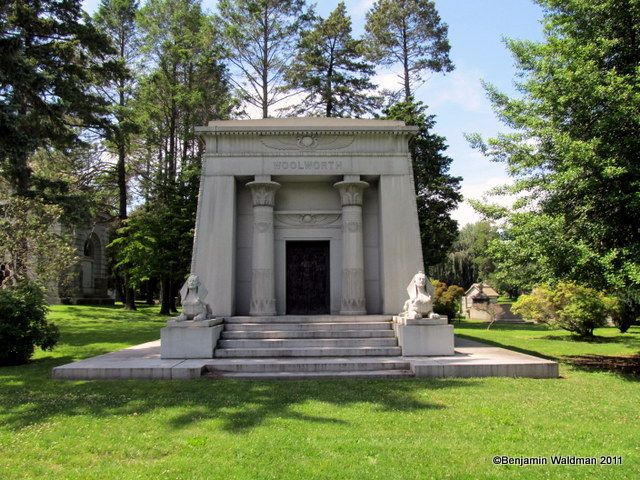
Woodlawn Cemetery in the Bronx is not exactly unknown as it’s one of the largest cemeteries in New York City with a wide array of famous people buried there. But there is plenty about the cemetery that many denizens of New York do not know making some of the following secrets are certainly untapped.
Woodlawn is the final resting place of many notable people. Burial plots include those of investigative reporter Nelly Bly, author Herman Melville, composer and lyricist Irving Berlin, and “Queen of Salsa” Celia Cruz. Frank Winfield Woolworth, founder of the F.W. Woolworth company is also buried at Woodlawn. At the time of his death in 1919 Woolworth was worth approximately $76.5 million dollars and his $65 million dollar company had 1,000 stores internationally.
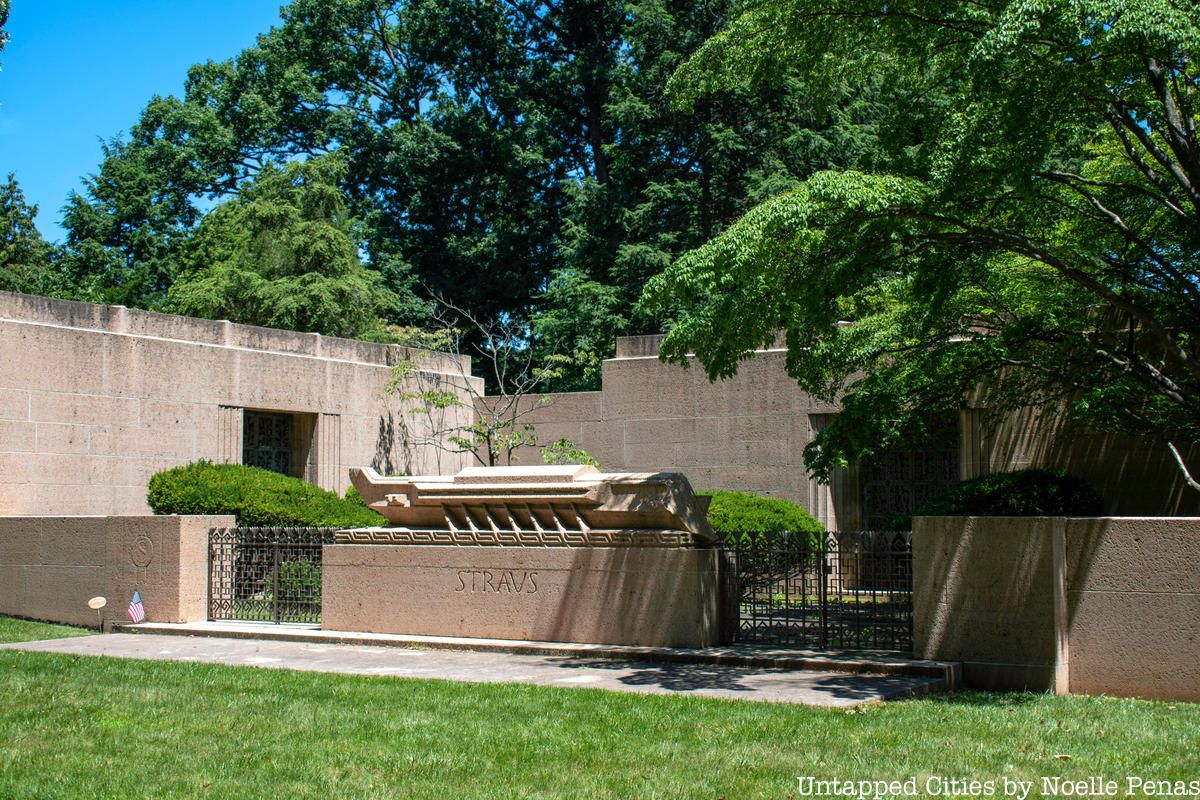
The Anna Bliss Titanic Victims Memorial at Woodlawn Cemetery is distinguished as the largest private monument for the disaster. Anna Bliss dedicated the monument to the victims in 1912 to commemorate those lost. Anna Bliss herself is also entombed there. Manhattan also has some monuments dedicated to the victims of the sinking. A Wordsworth quotation is inscribed on the back of the monument reading, “Our souls have sight of that immortal sea which brought us hither.”
A large mausoleum is also in Woodlawn Cemetery for Isidor Straus, the founder of Abraham & Straus department stores who died with his wife on the Titanic. His body was recovered and interred here, but his wife’s body was never found.
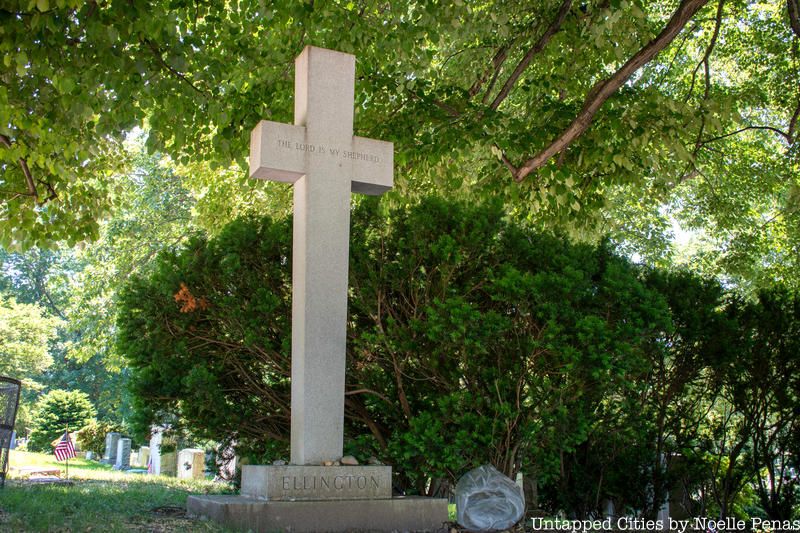
Since the dawn of the of the Harlem Renaissance, The Woodlawn Cemetery began its distinguished path to becoming known as the “Jazz Cemetery” as the burial ground for many entertainers associated with the New York Jazz Scene. Jazz musicians have chosen this space as an opportunity to buried among “jazz family.”
Duke Ellington, Miles Davis, WC Handy are those among the interred musicians, and many more. Jazz burials continue to happen to this day near Ellington’s memorial.
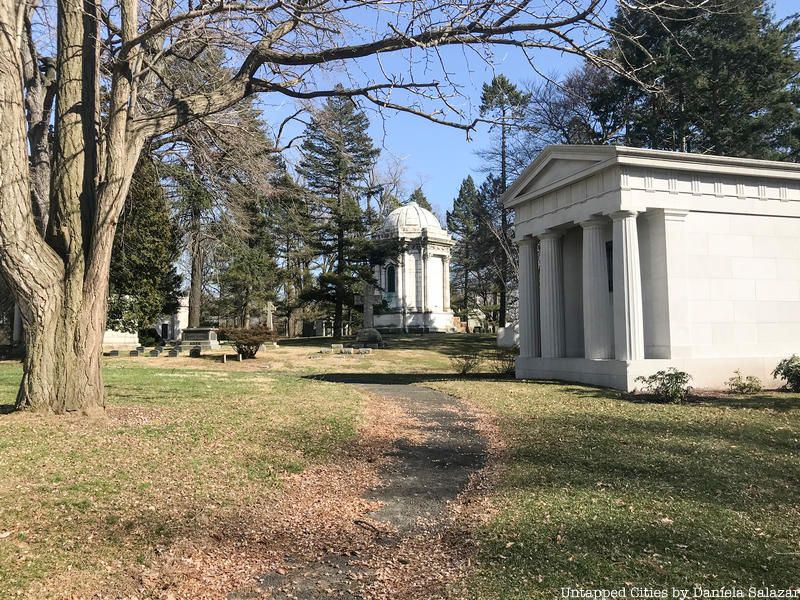
Trans icon and actress Holly Woodlawn died this past year. The Warhol Superstar and inspiration for the song “Walk on the Wild Side” had said that The Woodlawn Cemetery is the inspiration for her name, but that was just one version of her story. According to her obituary in the New York Times:
“Ms. Woodlawn told various versions of how she chose the name Holly Woodlawn. In the first chapter of her memoir, she claimed she borrowed her first name from Holly Golightly, the heroine of the Truman Capote novel ‘Breakfast at Tiffany’s.’ and the last name from Woodlawn Cemetery.”
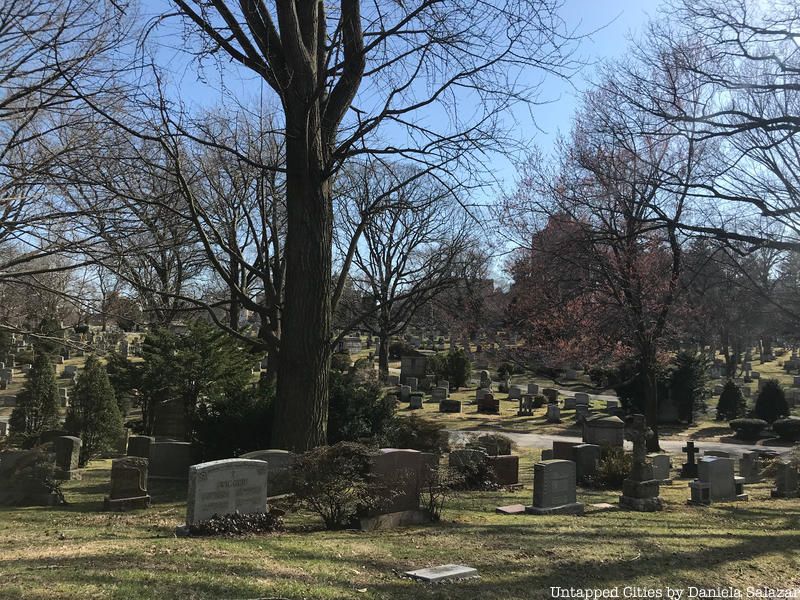
Many famous spots in New York City were actually burial grounds and cemeteries before the City became too dense to keep them. Some of these graves have moved to Woodlawn. Rutgers Street church graves were moved to Rutgers Plot at Woodlawn in 1866. West Farms Dutch Reformed Church from Boone Avenue and 1762nd Street in the Bronx moved a bulk of its graves to Woodlawn the following year. Bensonia or “Morrisania” cemetery, pictured above, was a Native American burial ground that was moved to Woodlawn in 1871.
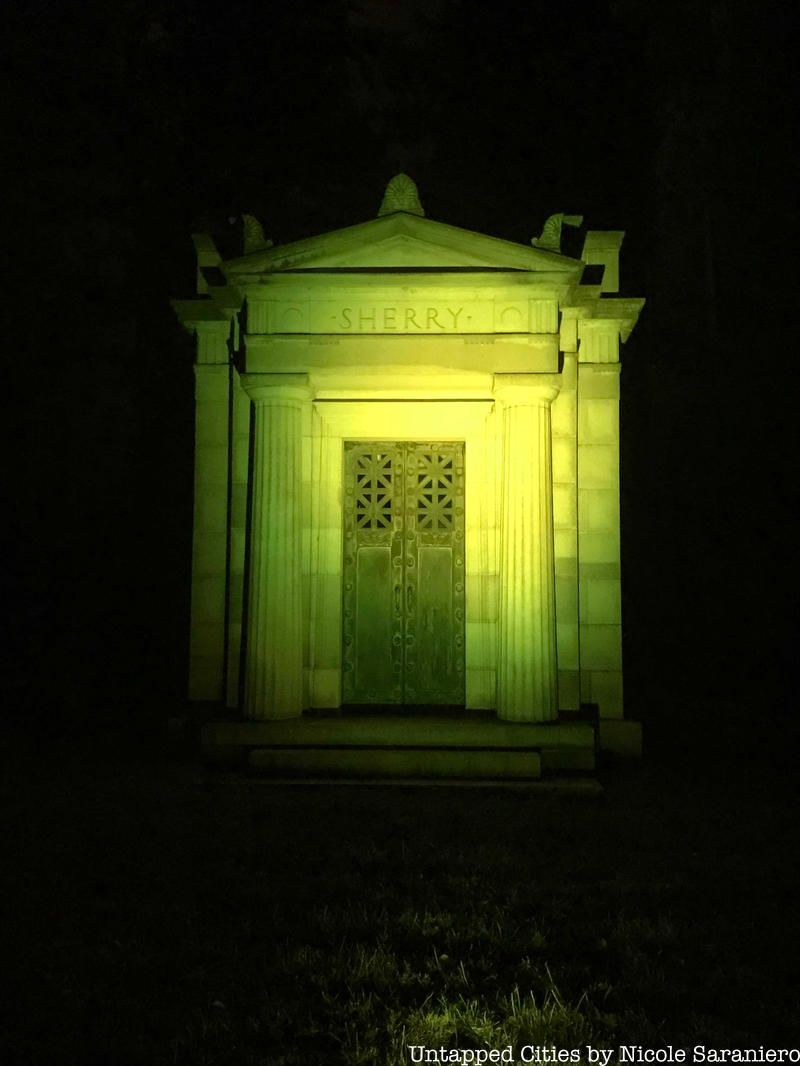
The Woodlawn Conservancy organizes tours and events throughout the year highlighting many notable people and structures within the cemetery. In August, they conduct a Guastavino vault tour featuring vaults designed by the same company responsible for the ceiling of St. John the Divine and the Grand Central Oyster Bar. The Harbeck Mausoleum (above) is the largest structure on Woodlawn’s grounds and houses only two interments. This is one of the stops on the tour where participants will see an example of Guastavino tiles.
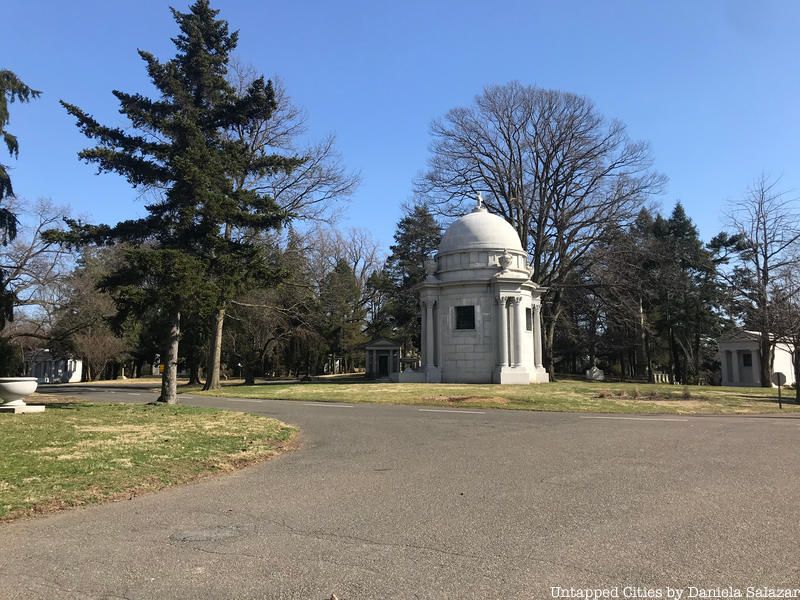
Woodlawn Cemetery is a designated National Historic Landmark as of 2011. The cemetery qualifies for this honor because of the historic narrative that its architecture portrays. The Gilded Age architecture is what the Woodlawn Conservancy cites as a major contribution to to its landmark status.
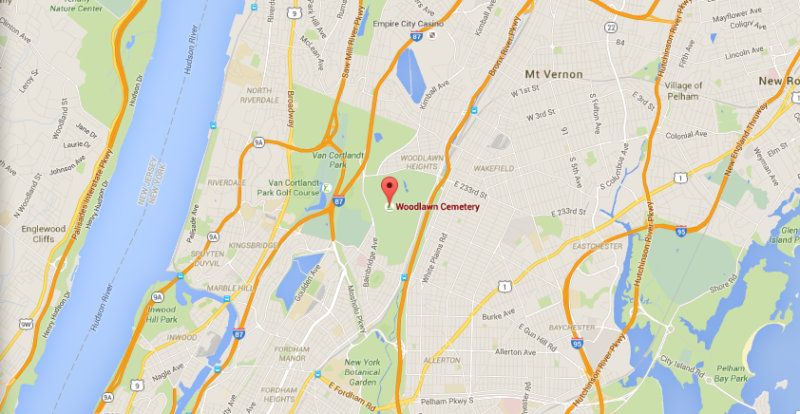
Image via Google Maps
Woodlawn was not always “officially” located in the Bronx. Before the area was annexed to New York City in 1874 along with Kingsbridge, Morrisania, and West Farms, the area was considered the southern stretch of Westchester.

While there are many sculptures throughout Woodlawn Cemetery, the one at the Castle Memorial is notable. Dancer Irene Castle found the sculpture of an exhausted dancer and used it to commemorate grief when she lost her husband and dance partner Vernon. While the figure was originally white marble, Castle cast the sculpture in bronze for preservation before she died.
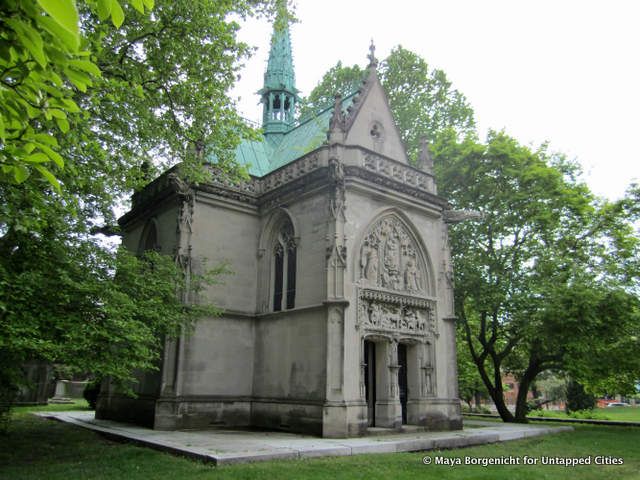
Woodlawn began offering a new program for its members this year. Every month the cemetery will feature Mausoleum/Monument of the Month. According to their website, this perk gives members the chance to see restorations in progress, go inside a mausoleum to appreciate the artistic gems inside and the opportunity to explore deeper than the usual public tours.
Next, check out some places you never knew used to be cemeteries.
Subscribe to our newsletter